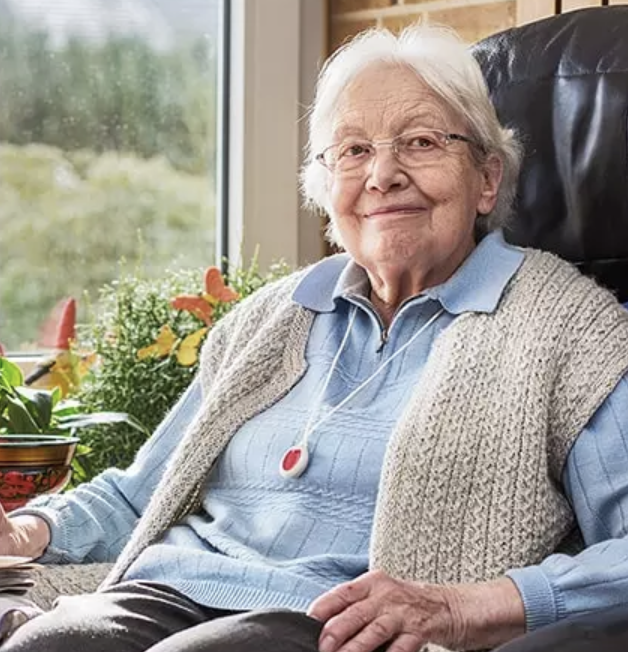
Actinic purpura, often referred to as senile purpura, is a skin condition that commonly appears as red or purple patches on the skin's surface. These patches develop due to fragile blood vessels beneath the skin and are more prevalent in older individuals. In this article, we'll delve into the causes, characteristics, and considerations for managing actinic purpura, a common aspect of aging skin.
The anatomy of actinic purpura
Find YOUR ideal care home NOW!
Actinic purpura is primarily characterized by its distinctive appearance. The condition often presents as:
Red or purple patches: Actinic purpura manifests as flat, red or purple patches on the skin. These patches can range in size and may appear on various areas of the body, including the arms, hands, and legs.
Easy bruising: The skin affected by actinic purpura is more susceptible to bruising and damage. Even minor trauma or friction can result in the formation of these distinctive patches.
Causes and risk factors
Several factors contribute to the development of actinic purpura, especially in older adults:
Aging: Fragility in the blood vessels is a common result of the aging process. Over time, the skin loses some of its elasticity and becomes thinner, making blood vessels more prone to damage.
Sun exposure: Chronic sun exposure, which can lead to photodamage, is a significant risk factor. UV radiation can weaken the skin's structure and blood vessels, making them more susceptible to rupture.
Thinning skin: Thin skin, often seen in older individuals, is more vulnerable to injury. This can lead to blood vessels breaking beneath the skin's surface.
Management and prevention
While actinic purpura is generally harmless and doesn't require treatment, there are steps that individuals can take to reduce its occurrence:
Sun protection: Minimize sun exposure and use sunblock, protective clothing, and accessories like wide-brimmed hats when outdoors.
Skin care: Maintain a consistent skincare routine with moisturizers and products that promote skin health.
Hydration: Staying well-hydrated helps maintain skin resilience and overall health.
Gentle handling: Be cautious with your skin and avoid unnecessary trauma or friction that can lead to bruising.
Actinic purpura is a common occurrence in aging skin and is generally a cosmetic concern rather than a medical issue. By taking preventive measures and practicing good skin care, individuals can minimize the risk and impact of actinic purpura, allowing their skin to age gracefully and comfortably.
For assistance in finding a care home or facility best suited to your needs, contact Senior Home Plus at 0230 608 0055 or fill out our online form.
Do you need a care home for yourself or your loved one?
Share this article :
Latest posts
You are looking for an establishment for your loved one ?
Get availability & prices
Fill in this form and receive
all the essential information
We would like to inform you of the existence of the opposition list for telephone canvassing.

.webp)









